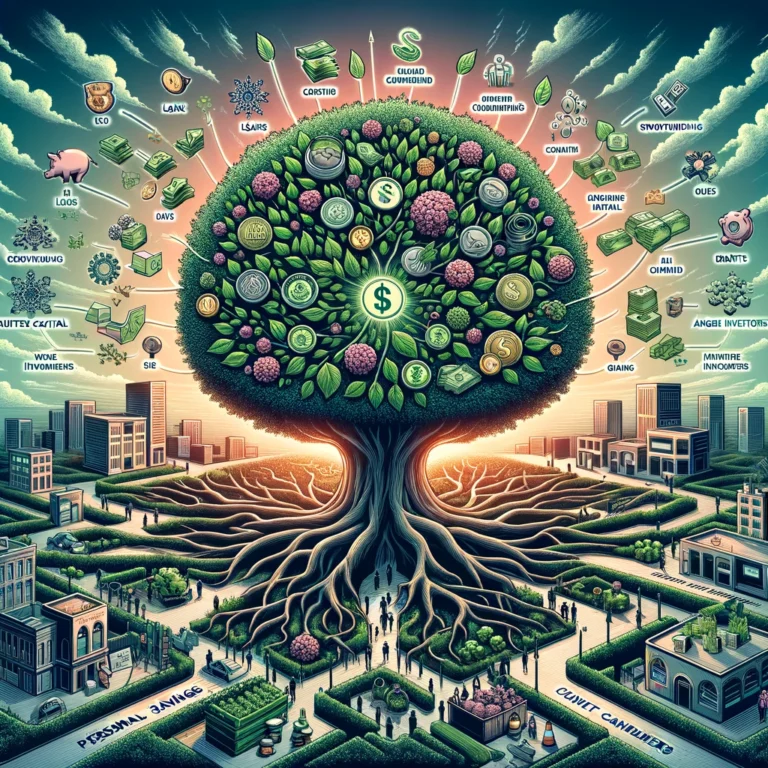Note: Never use vague terms such as “money” in your exam! “Money” can refer to many different concepts like investment, profit, cash etc. The examiner assumes that you studied for the exam — when they read “money” instead of “profit” it could really lower your grade by showing that you are not familiar with the terminology.
Businesses have different types of expenditures:
Capital Expenditure Finance
Definition: Capital expenditure finance refers to funds spent on acquiring or upgrading fixed assets that have a long-term utility in the business, extending beyond the current financial year. These are substantial investments aimed at enhancing the business’s earning capacity or efficiency.
Characteristics:
- Long-term Investment: Capital expenditure results in asset acquisition or improvement, offering benefits over several years.
- Non-recurring Nature: These expenditures are not made frequently and usually represent significant financial commitments.
- Depreciation: Fixed assets acquired through capital expenditure depreciate over their useful life, except for land.
Examples: Investments in land, buildings, and machinery are classic examples of capital expenditure. For instance, a manufacturing company investing in a new production plant or machinery to increase its production capacity signifies a capital expenditure.
Industry Example: Tesla Inc.’s investment in Gigafactories represents a significant capital expenditure. These factories are critical to Tesla’s strategy for scaling up production of electric vehicles and batteries, demonstrating how capital expenditure finance is crucial for long-term growth and competitiveness.
Revenue Expenditure
Definition: Revenue expenditure consists of payments for the daily operational costs of running a business. These expenses are incurred in the process of earning revenue and are charged to the profit and loss account of the period in which they are incurred.
Characteristics:
- Short-term Benefit: Revenue expenditure benefits the current accounting period and is recurrent in nature.
- Operational Necessity: These expenditures are essential for the day-to-day operations and maintenance of the business’s earning capacity.
- Immediate Expense Recognition: Unlike capital expenditure, revenue expenses are fully recognized in the accounting period they are incurred.
Examples: Costs such as wages, raw materials, rent, utilities, insurance, and advertising fall under revenue expenditure. For example, the monthly salaries paid to employees and the cost of raw materials used in production are revenue expenses.
Industry Example: McDonald’s Corporation’s expenses on ingredients, employee wages, utilities, and marketing for its outlets are typical revenue expenditures. These expenses are essential for maintaining the daily operations and service quality of the fast-food chain, directly impacting its ability to generate revenue.







